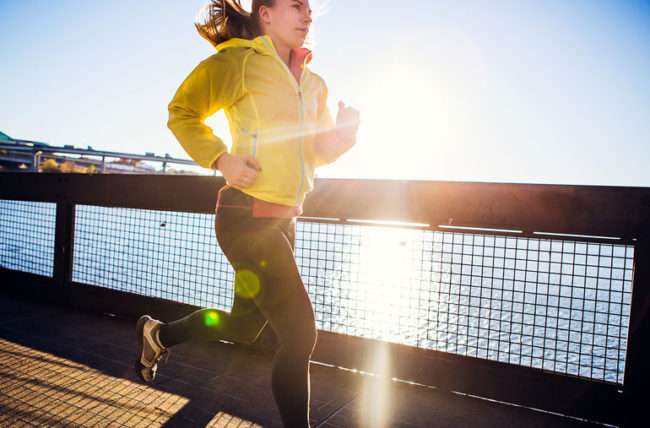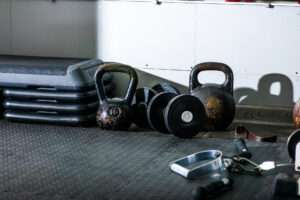Types of workouts and the best time during the day to do them are subjects that have occupied the minds of athletes and sports fans for a long time.In response, sports medicine physicians and sports coaches have frequently addressed these and other questions on the topic from different perspectives.
A common question is about the best time to exercise during the day. There is no definite answer to this question, although many claims have been made about it. Some have suggested that the best time is in the morning and before breakfast because it causes more fat to burn. Others claim that the afternoon or evening can be the best time because the body’s strength and ability to perform hard movements are at their maximum.
The general fact is that the best time to exercise during the day depends largely on the individual, his or her purpose of the workouts, and the type of workouts he or she does. Of course, there is another factor, and that depends on the individual body’s circadian rhythm, such as hormonal changes, changes in blood pressure, and one’s body temperature.
You do not need to have much expertise in the circadian rhythm of your body to be able to choose the best time to exercise; all you need to do is try different hours of the day. Exercise for a few weeks in the morning. Then try the afternoon and the evening. See which of these times you enjoy the most to exercise, which one is more comfortable for you, and most importantly, for which of these times your performance is better. Keep in mind your type of exercise and your daily tasks. Choose a time that you can keep up with and one that is
easier to get you into the habit of exercising:

7 to 9 a.m.: Pain tolerance is higher during these hours of the day: some studies have shown that people are less sensitive to pain in the early hours of the morning than at other times. Some researchers believe the process may be due to the effects of melatonin and cortisol hormones that are produced during the night. In addition, when you wake up, your body’s levels of glycogen, insulin and blood sugar are low, so you start burning fat earlier during exercise. So ideally, if it is possible for you, the first thing you do after waking up should be to exercise. Of course, you should also pay attention to the intensity of training. Studies show that even with moderate intensity you can get the necessary results, and if the intensity of the exercise is too high, you will experience a drop in blood pressure.

10 a.m. to 12 p.m.: This block of time in the morning is associated with alertness, the brain’s reasoning abilities, and peak of our short-term memory efficacy. This may be associated with increased glucose metabolism during these hours. According to British researchers, skill-based sports performance and competitive strategies and decision-making are better when they are focused on between these hours in the late morning. Of course, one should not forget to refrain from exercising immediately after eating, as blood is needed for the muscles during the exercise whereas after meals it is concentrated in the digestive system. It is therefore important to give the body 90 minutes’ rest after each heavy meal before engaging in any form of exercise.
4 to 8 p.m.: This is the best time to perform physical activities for strength, speed and endurance. Because the body temperature is higher than other hours of the day, the capacity of the lungs and blood flow to the muscles are both higher, while the body also has more flexibility. At this time of day, hand-eye coordination is greater in athletes and is a good time for running, cycling, swimming and racket sports games such as tennis.
 Warnings:
Warnings:
Keep in mind that from 8 p.m. on wards and as bedtime approaches, exercise can jeopardize sleep quality. It is better to have a 3-hour interval between exercising and sleeping at night.
Do not forget:
If you exercise outdoors, be sure to pay attention to air quality. If the air is polluted, you can engage in simple exercises at home with the help of sport instruction videos. Workouts using dumbbells or kettlebells, floor exercises and calisthenics, and even yoga can be good home-based substitutes to outdoor exercises on such days, with as much benefit and enjoyment.



